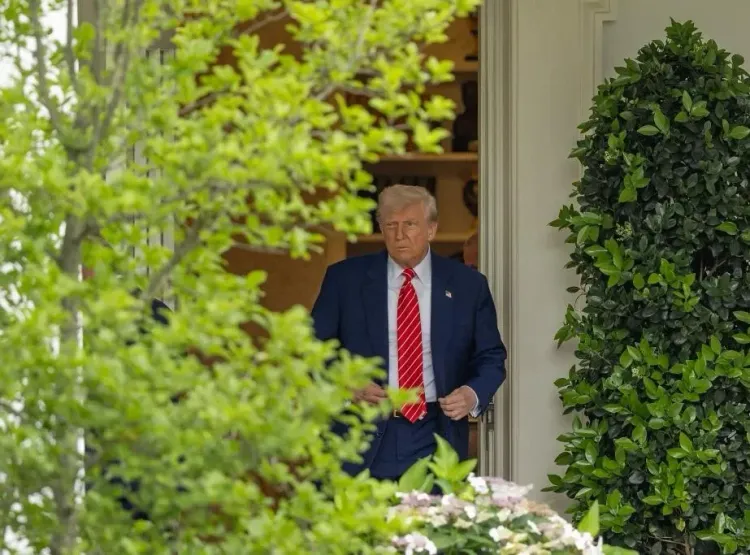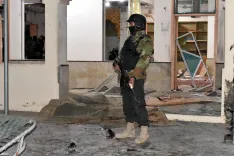Did the US Supreme Court Just End Humanitarian Parole for Over 500,000 Migrants?

Synopsis
Key Takeaways
- US Supreme Court ends humanitarian parole for 500,000 migrants.
- Potential deportation for nearly one million individuals.
- Trump administration allowed to revoke temporary legal status.
- Biden administration's parole program previously protected 532,000 migrants.
- Legal battles continue around immigration policies.
New York, May 31 (NationPress) The US Supreme Court has overturned a federal district court decision that upheld humanitarian parole protections for over 500,000 migrants from four nations: Cuba, Haiti, Nicaragua, and Venezuela.
In a related ruling, the court has permitted the Trump administration to cancel the temporary legal status for approximately 350,000 Venezuelan migrants, according to a report by Xinhua news agency.
This decision now allows the Trump administration to revoke temporary legal protections for hundreds of thousands of immigrants, potentially exposing nearly one million individuals to the threat of deportation, as reported by local media on Friday.
In response to the rising influx of migrants at the US-Mexico border, the Biden administration implemented a parole program for Cubans, Haitians, Nicaraguans, and Venezuelans in late 2022 and early 2023, enabling them to work in the United States for two years after completing certain processes. This program safeguarded around 532,000 individuals from deportation risks.
However, shortly after beginning his second term, President Donald Trump issued an executive order instructing Homeland Security Secretary Kristi Noem to terminate all parole programs. Following this order, Noem announced in March the cessation of the parole program, with existing grants of parole set to expire by April 24.
A federal district court judge in Massachusetts agreed to pause Noem's comprehensive revocation of migrants' temporary legal status when a group of 23 individuals, including several parolees and a non-profit organization, challenged her decision.
The Trump administration first appealed to the US Court of Appeals for the 1st Circuit, which refused to stay the district court's order pending appeal, and then sought intervention from the Supreme Court.









